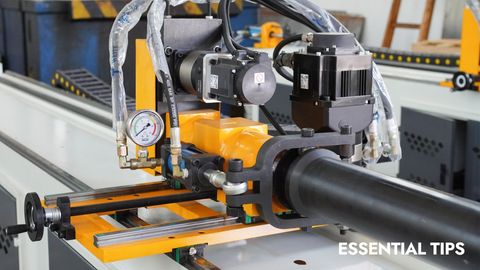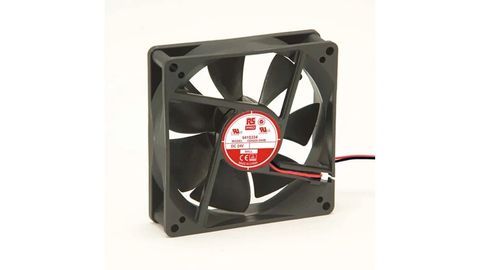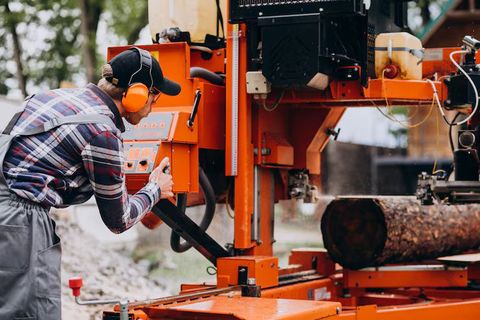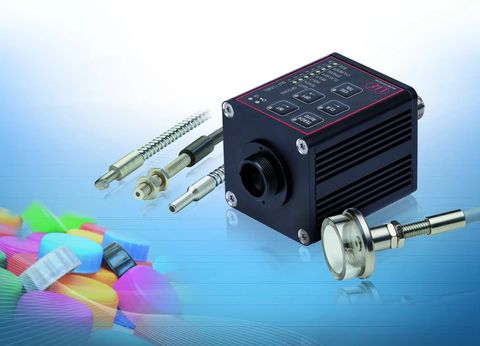Metal Stamping Machines Overview: Explore Key Facts, Working Principles, and Essential Knowledge
Metal stamping machines are industrial press tools used to shape or cut flat metal sheets into specific parts or components using a die and a press mechanism. The process often includes blanking, bending, coining, embossing, and forming.
This technology exists because industries need efficient, high-volume manufacturing of metal parts with precision and speed. In essence, metal sheets are placed in a press where dies apply pressure to form or cut the material into the desired shape. The engineering behind it ensures consistency, repeatability, and reduced waste.
Metal stamping developed as industries like automotive and electronics grew. It offers a faster and more economical method than machining or casting for mass-produced metal parts, making it a cornerstone of modern manufacturing.
Importance
Metal stamping machines play a vital role in global manufacturing, supporting sectors such as automotive, electronics, aerospace, appliances, and industrial machinery.
Who it affects:
-
Manufacturers producing high-volume metal components
-
Engineers designing production systems
-
Tooling and material suppliers
-
Industrial planners and policymakers focused on manufacturing growth
Problems it solves:
-
Enables large-scale, repeatable production of parts with tight tolerances
-
Reduces production time and improves consistency
-
Supports lightweight materials, improving efficiency in automotive and aerospace sectors
-
Integrates easily with automation systems for faster production
Broader significance:
In today’s competitive global economy, manufacturers are under pressure to reduce costs and improve sustainability. Metal stamping machines help achieve these goals by optimizing material use, enabling faster output, and minimizing waste.
Recent Updates
Over the past year, several developments have influenced the metal stamping machine industry:
-
Market growth: The global market for metal stamping machines has shown steady growth, with projections suggesting continued expansion through 2035.
-
Automation and robotics: The integration of robotics and automated feeders is improving precision and reducing downtime.
-
Smart manufacturing: Industry 4.0 technologies like sensors, predictive maintenance, and IoT monitoring are now common in stamping facilities.
-
Material innovation: There is a growing focus on lighter and stronger materials such as aluminum alloys and high-strength steels, driven by the rise of electric vehicles and sustainable manufacturing.
-
Regional growth: Markets such as India and Southeast Asia are experiencing rapid increases in stamping machine installations due to expansion in automotive and electronics manufacturing.
-
Sustainability trends: Companies are adopting environmentally responsible manufacturing practices, focusing on reducing waste and improving energy efficiency.
Laws or Policies
The metal stamping industry operates under several standards and regulations related to safety, quality, and environmental compliance.
-
Machine safety standards: Organizations and regulatory bodies set standards for press design, guarding systems, and operator protection. These include guidelines for mechanical and hydraulic press construction and operation.
-
Environmental standards: Manufacturers are encouraged to adopt waste reduction strategies, energy-efficient machines, and recycling programs for metal scrap.
-
Quality management systems: Common certifications like ISO 9001 and IATF 16949 ensure that parts meet industry quality and safety benchmarks.
-
Government manufacturing programs: Industrial growth initiatives in several countries promote domestic production, technology upgrades, and workforce training, indirectly supporting the metal stamping sector.
Collectively, these frameworks ensure that metal stamping operations are safe, efficient, and aligned with global sustainability goals.
Tools and Resources
There are several tools and resources that help engineers, students, and manufacturers understand and optimize stamping operations:
-
Industry associations: Precision metalforming organizations offer training, technical papers, and safety standards.
-
Technical resources: Engineering textbooks and manufacturer websites often provide design formulas and best practices for die design and press selection.
-
Simulation software: Modern CAD/CAE tools simulate stamping operations, predicting material flow, springback, and die wear before production begins.
-
Calculators: Ton-nage, die-clearance, and material-thickness calculators help determine the correct press capacity and tooling parameters.
-
Market research reports: Analysts regularly publish insights into metal stamping trends, material usage, and technological advancements.
| Tool or Resource Type | Purpose |
|---|---|
| CAD/CAE Simulation Software | Design and analyze stamping processes before production |
| Tonnage Calculator | Estimate press force needed based on material and geometry |
| Industry Associations | Provide standards, safety guidelines, and training resources |
| Quality Certification (ISO/IATF) | Maintain compliance and product consistency |
| Technical Manuals | Offer reference data for die design, press settings, and maintenance |
FAQs
Q1: What is the difference between mechanical, hydraulic, and servo presses?
A mechanical press uses a flywheel for consistent speed, ideal for high-volume production. Hydraulic presses use fluid pressure, offering better control for deep drawing or thicker materials. Servo presses, powered by electric motors, allow variable speed and precision, combining advantages of both types.
Q2: Why is metal stamping still important in the age of 3D printing?
Metal stamping remains the most efficient method for producing large quantities of uniform metal parts quickly and accurately. While 3D printing is ideal for low-volume or complex prototypes, stamping offers unmatched speed and cost-effectiveness for mass production.
Q3: How is press tonnage calculated?
Press tonnage depends on the material type, sheet thickness, and total area being cut or formed. Engineers use formulas that consider these parameters plus safety factors to determine the minimum force a press must exert.
Q4: What are the main applications of metal stamping machines?
Metal stamping is used in manufacturing automotive body panels, electronic connectors, appliance components, structural brackets, and other high-precision metal parts.
Q5: What challenges does the industry face today?
Key challenges include fluctuations in raw-material prices, maintaining tool quality, reducing environmental impact, and ensuring availability of skilled technicians for machine setup and die maintenance.
Conclusion
Metal stamping machines are an essential part of modern manufacturing, enabling the efficient production of precise, durable metal parts used worldwide. As technology advances, the industry continues to evolve through automation, smart systems, and sustainable materials.
These machines not only improve productivity but also support industrial innovation by balancing speed, precision, and sustainability. Whether used in automotive, aerospace, or electronics, metal stamping machines remain a cornerstone of industrial progress and will continue to adapt to the changing demands of global manufacturing.






